News
-
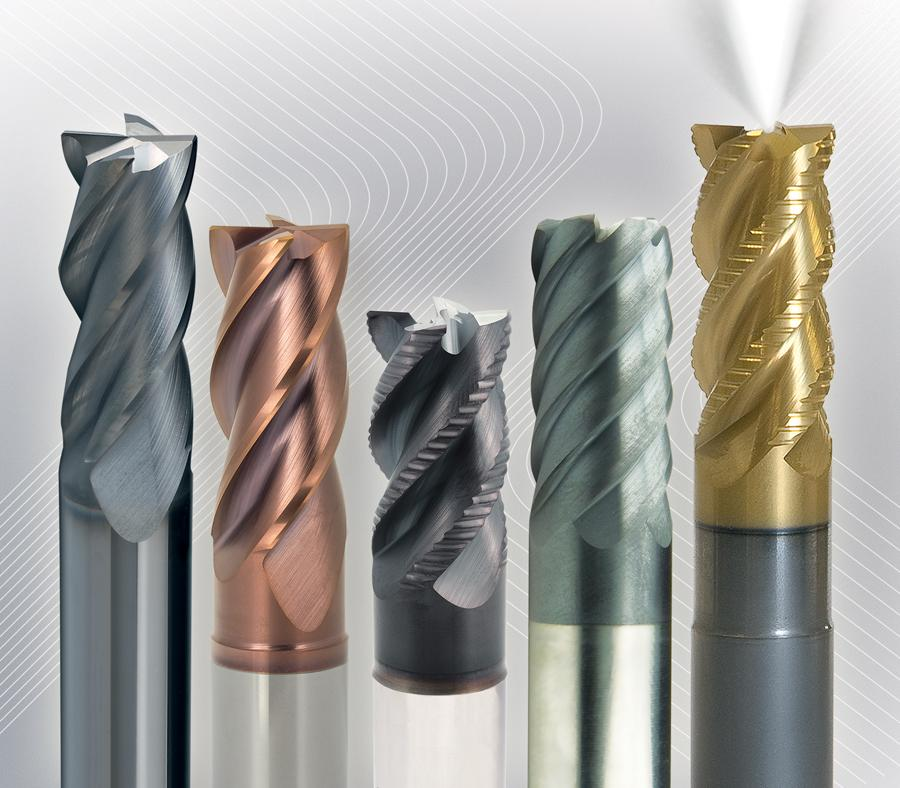
Selecting a milling cutter
Selecting a milling cutter is not a simple task. There are many variables, opinions and lore to consider, but essentially the machinist is trying to choose a tool that will cut the material to the required specification for the least cost. The cost of the job is a combination of the price of the ...Read more -
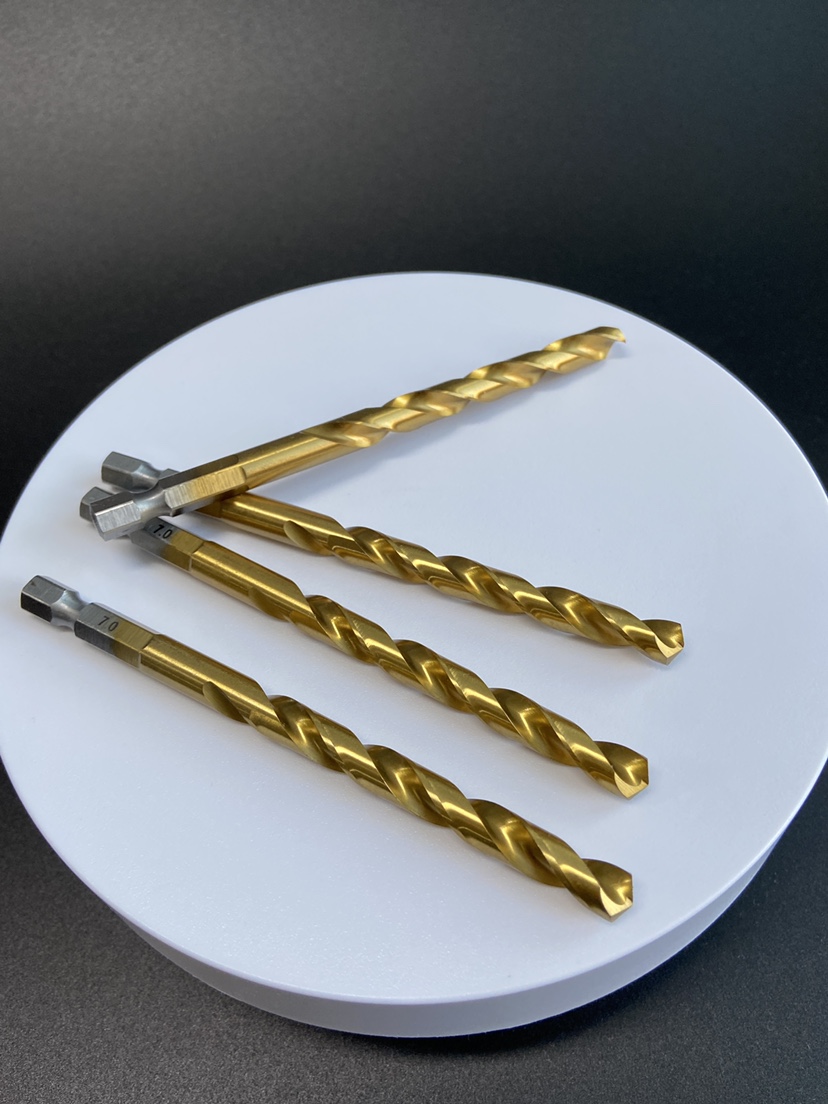
8 features of a twist drill and its functions
Do you know these terms: Helix angle, point angle, main cutting edge, profile of flute? If not, you should continue reading. We will answer questions like: What is a secondary cutting edge? What is a helix angle? How do they affect the use in an application? Why it is important to know these thin...Read more -
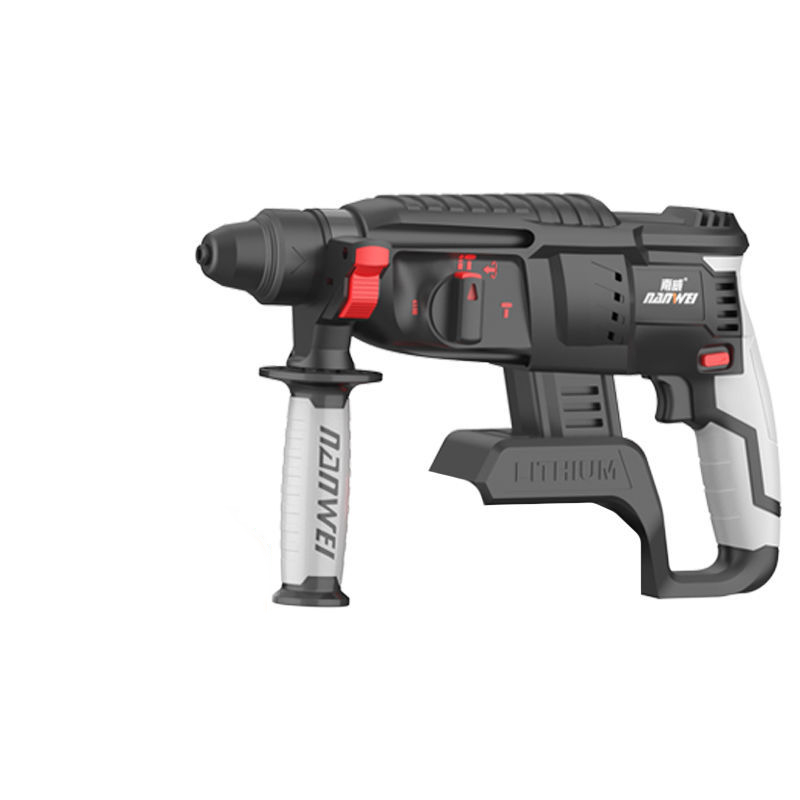
3 Types of Drills and How to Use Them
Drills are for boring holes and driving fasteners, but they can do much more. Here’s a rundown of the various types of drills for home improvement. Choosing a Drill A drill has always been an important woodworking and machining tool. Today, an electric drill is indispensable for anyone driv...Read more -
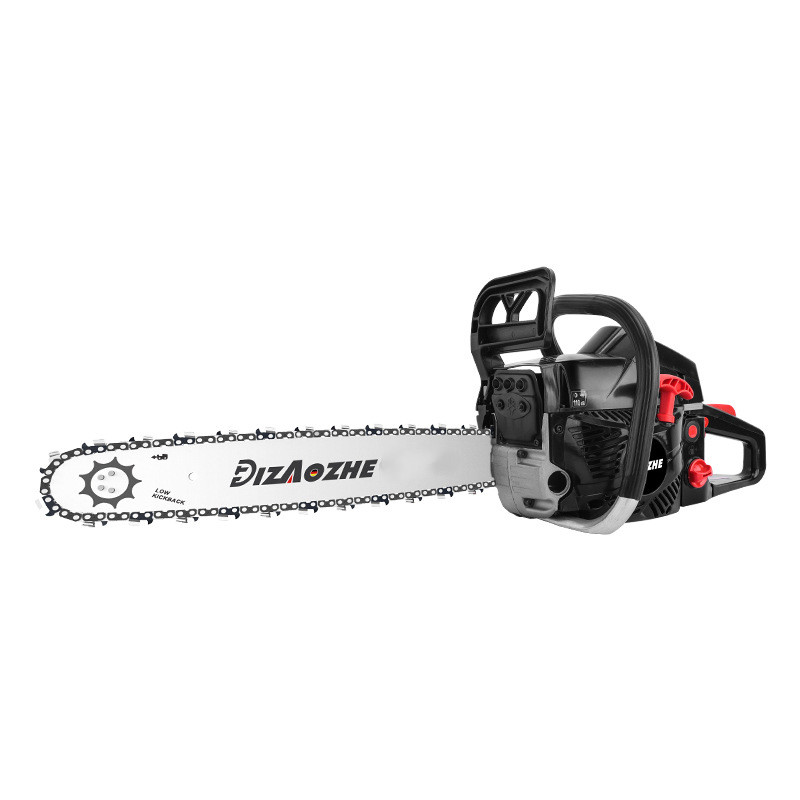
How To Choose A Good Chainsaw For Cutting Firewood
If you want to cut your own firewood, then you need a saw that’s up to the task. Whether you’re heating your home with a woodburning stove, want to cook over a fire pit in the backyard, or simply enjoy the look of a fire burning in your hearth on a cool evening, the right chainsaw can make all th...Read more -
Carbide Inserts for Multiple Materials
Choose these premium turning carbide inserts to cut a variety of materials without changing out your tool. For optimized performance, choose a premium insert designed for your workpiece material. These inserts are made of superior carbide for longer life and a smoother finish on your workpiece th...Read more -

Type of End Mill
Several broad categories of end- and face-milling tools exist, such as center-cutting versus non-center-cutting (whether the mill can take plunging cuts); and categorization by number of flutes; by helix angle; by material; and by coating material. Each category may be further divided by specific...Read more -

How to Use a Tap
You can use a tap to cut threads in a hole drilled in metal, such as steel or aluminum, so you can screw in a bolt or screw.The process of tapping a hole is actually pretty simple and straightforward, but it’s important that you do it right so your threads and hole are even and consistent. Choose...Read more -

Tungsten Carbide Drills Bit
Productivity or cost per hole is the biggest trend affecting drilling today. This means drill and tungsten carbide drill manufacturers must find ways to combine certain operations and develop tools that can handle higher feeds and speeds. Carbide drills can be easily and accurately replaced, and ...Read more -
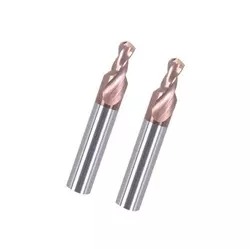
The Use of Solide Carbide Drills Bits
Carbide drills are tools used to drill through holes or blind holes in solid materials and to ream existing holes. Commonly used drills mainly include twist drills, flat drills, center drills, deep hole drills and nesting drills. Although reamers and countersinks cannot drill holes in solid mater...Read more -
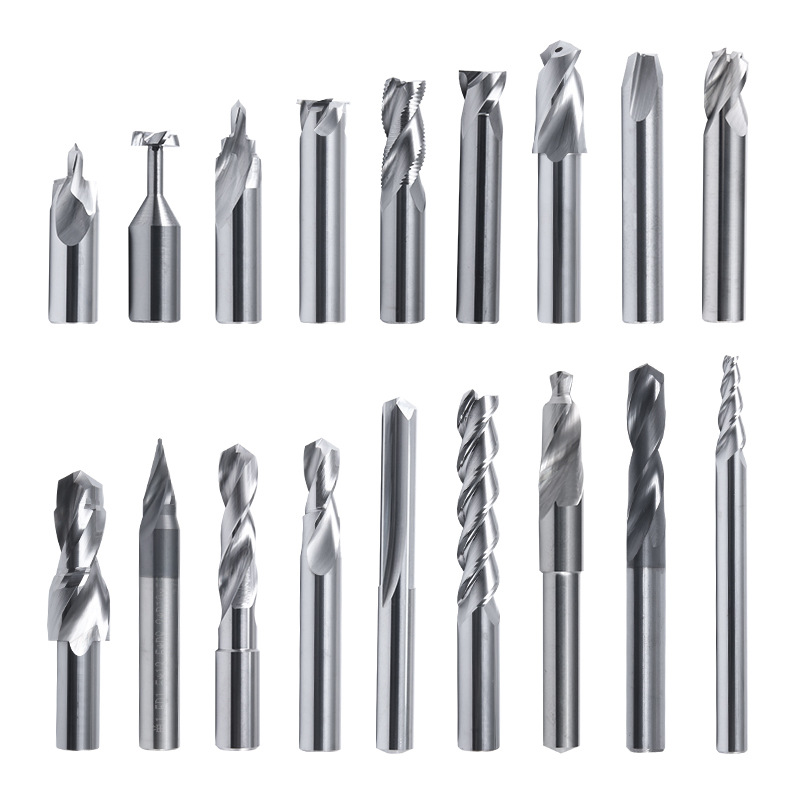
What Is End Mill?
The main cutting edge of the end mill is the cylindrical surface, and the cutting edge on the end surface is the secondary cutting edge. An end mill without a center edge cannot perform a feed motion along the axial direction of the milling cutter. According to the national standard, the diameter...Read more -
Threading Tool Machine Taps
As a common tool for processing internal threads, taps can be divided into spiral groove taps, edge inclination taps, straight groove taps and pipe thread taps according to their shapes, and can be divided into hand taps and machine taps according to the use environment....Read more -

Analysis of Tap Breaking Problem
1. The hole diameter of the bottom hole is too small For example, when processing M5×0.5 threads of ferrous metal materials, a 4.5mm diameter drill bit should be used to make a bottom hole with a cutting tap. If a 4.2mm drill bit is misused to make a bottom hole, the pa...Read more












